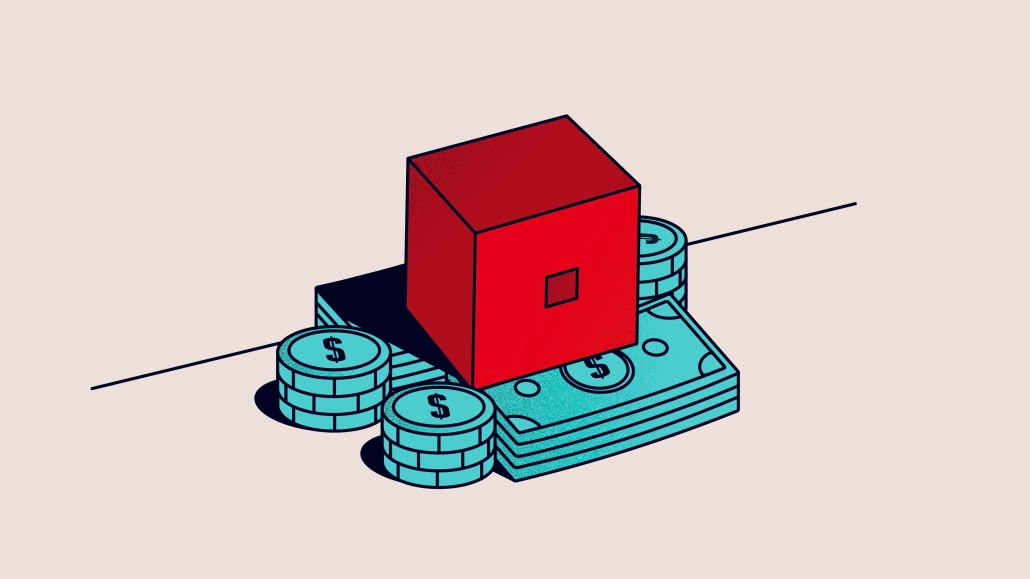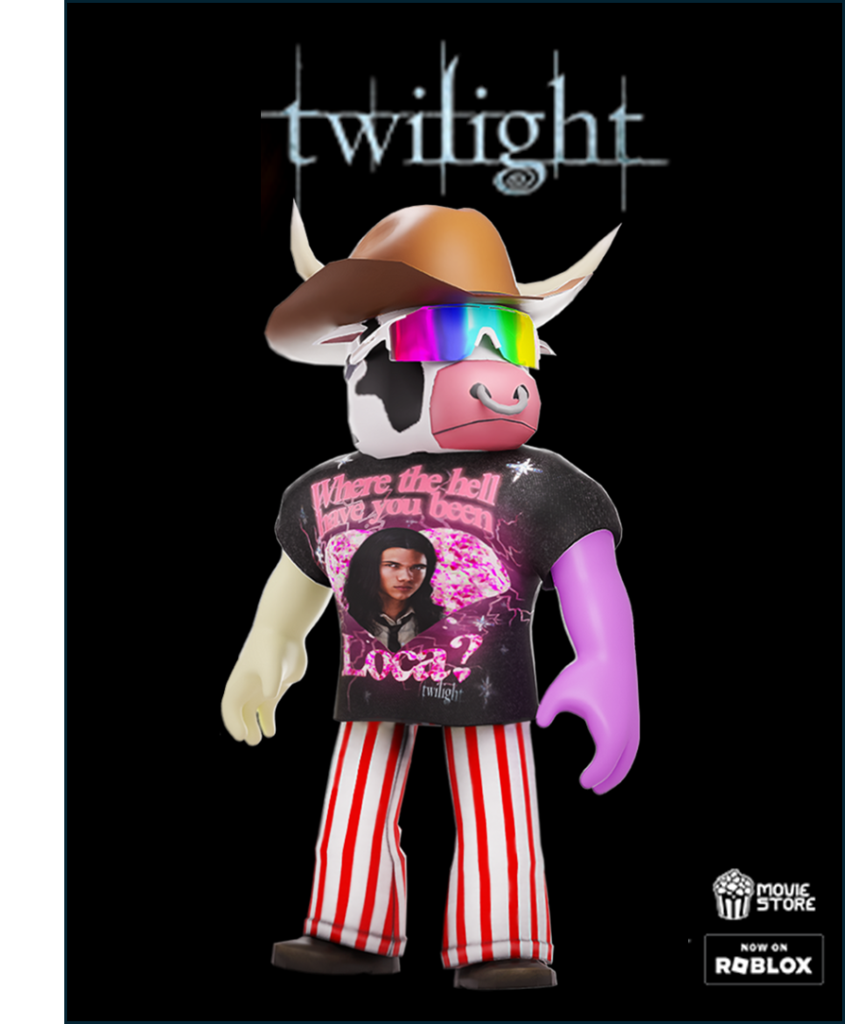Save 50% on a 3-month Digiday+ membership. Ends Dec 12.
Roblox earnings: Why the platform paid out $280 million to creators in the last quarter

As Roblox continues to grow, in-game item designers and world builders are cashing in — and forming a new class of content creator in the process.
During Roblox’s fourth financial quarter of 2024, which encompassed the period between Oct. 31, 2024, and Jan. 5, 2025, creators on the platform made more money than ever before. In Q4, Roblox creators cashed in on the sales of in-game items to the tune of $280 million, a 27 percent increase year over year, said CEO Dave Baszucki during Roblox’s quarterly earnings call yesterday. Roblox itself takes a 30 percent cut of all in-game item sales, sharing the remaining revenue with a pool of roughly 20,000 creators, according to numbers published by Roblox.
The increase in Roblox creators’ revenue over the past quarter was a direct result of the company’s overall business growth, with Roblox reporting a 32 percent year-over-year increase in revenue to a total of $988 million, as well as a 21 percent increase in bookings, from $1.129 billion to $1.362 billion. In spite of the company meeting its own revenue and bookings estimates for the quarter, Roblox’s stock price crashed following the Feb. 6 earnings call, reflecting how the company’s numbers fell short of observers’ and investors’ expectations. Roblox’s average daily active user count fell by 7% in Q4 2024 compared to Q3 2024 to 85.3 million people.
“We are continuously investing in growing our economy to further expand opportunities for creators, from professional studios to individual content creators, digital clothing designers and brands — already estimated at nearly 18,000 full-time job equivalents just in the U.S. between 2017 and 2023,” said Roblox vp of developer relations Matt Curtis, referencing an estimate from a report published by Roblox in August 2024.
Content creators in Roblox, which the company often refers to as “developers,” tend to use a different approach than creators on other platforms. Although they often command loyal fanbases in the hundreds of thousands, Roblox creators are generally faceless, preferring to be known primarily through their avatars and in-game creations rather than videos or social posts.
“It’s very individualistic, in terms of how creators engage with their audiences,” said Joe Ferencz, CEO of the Roblox developer studio Gamefam. “On one hand, you’ve got Foxzie, the creator of ‘Car Dealership Tycoon,’ who branded all of his social media as Foxzie, but what those accounts post about is ‘Car Dealership Tycoon.’ On the other hand, you might have someone like Preston, the creator of ‘Pet Simulator,’ who does sometimes share personal ideas and thoughts on X, but also significantly posts about the ‘Pet Simulator’ franchise.”
Roblox creators’ different approach to content creation can influence how they structure their relationships with brands and advertisers. On Feb. 6, for example, Roblox creator Jonathan “WhoseTrade” Courtney collaborated with Lionsgate and the agency Virtual Brand Group to launch an immersive “movie store” on the platform, designing and selling virtual clothing items to promote Lionsgate properties such as “Twilight.”

Although Courtney plans to share the movie store’s launch across his social channels — which boast a combined following in the hundreds of thousands — he is not getting paid for this promotion. Instead, Courtney said that he receives a “very generous” cut of every item sold, although he declined to specify exactly how much. (Lionsgate’s pack of “Twilight” items sells for 2,965 Robux, or roughly $30.)
“A lot of these things are IPs that I’m personally a fan of — there is obviously a big factor to work with a franchise that you enjoyed as a fan, which is a very unique thing to ever do in any field,” he said. “So, there is a lot of creative fulfillment on my end.”
Roblox’s growing revenue share numbers show how users on the platform are putting a new spin on what it means to be a content creator. Like creators elsewhere, Roblox developers build a following by entertaining their fans, then monetize that following by connecting brands with that audience. The difference comes down to Roblox creators’ medium of choice: in-game productions rather than video or livestreamed content.
“Even the most famous individual Roblox creators have a fraction of the fame and influence of the games themselves,” Ferencz said. “These are remarkable people, and we’re privileged to work with so many of them at Gamefam — but they make a game, right? They are not the show; the game is the show.”
More in Media

Technology x humanity: A conversation with Dayforce’s Amy Capellanti-Wolf
Capellanti-Wolf shared insight on everything from navigating AI adoption and combating burnout to rethinking talent strategies.

How The Arena Group is rewriting its commercial playbook for the zero-click era
The company is testing AI-powered content recommendation models to keep readers moving through its network of sites and, in doing so, bump up revenue per session – its core performance metric.

Media Briefing: Why publishers are flocking to Substack
The Economist, The FT, The New Yorker and others have recently launched Substack newsletters, with varying strategies to find new audiences.








